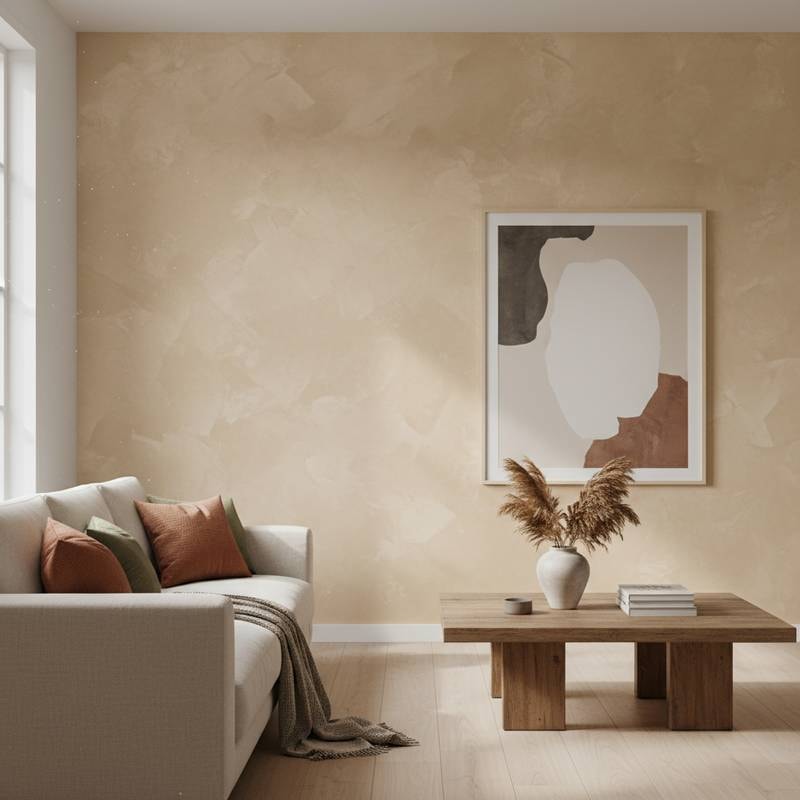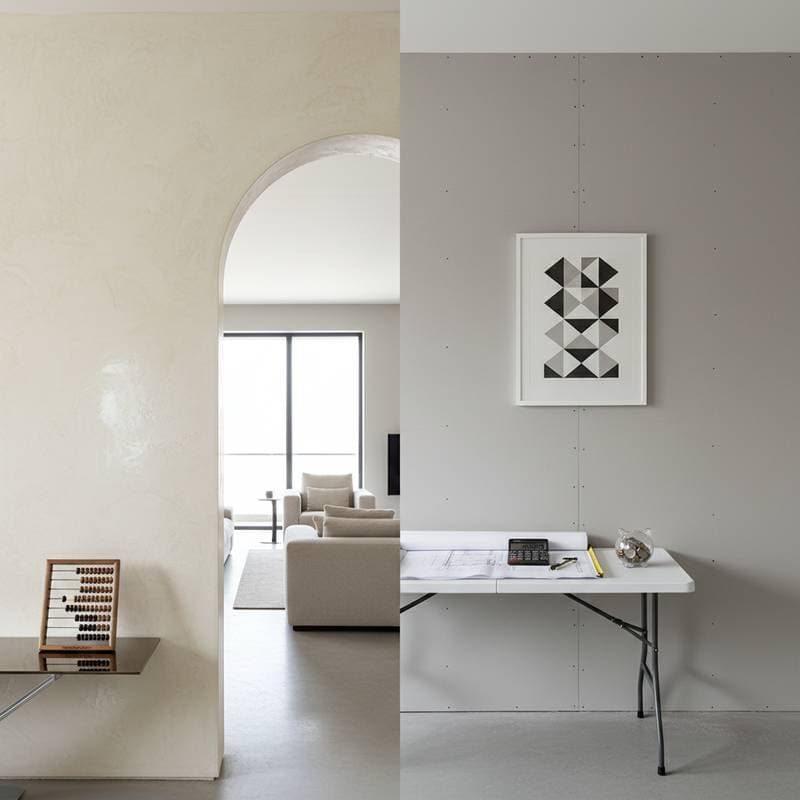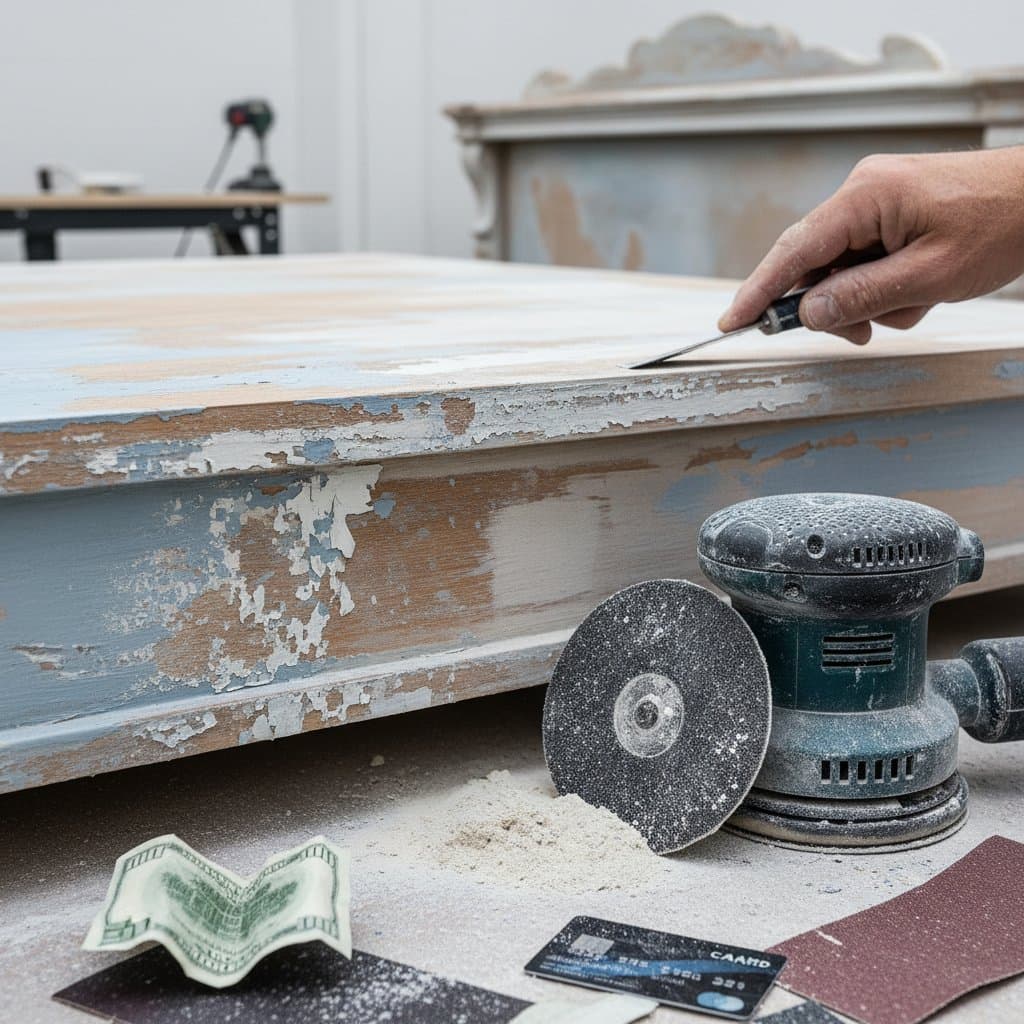Limewash Paint: Why It Dominates 2025 Interiors
Limewash paint emerges as a leading interior finish in 2025. Homeowners, interior designers, and contractors gravitate toward its organic texture, subtle matte depth, and enduring visual appeal. Distinct from conventional latex or acrylic options, limewash provides an authentic surface that introduces gentle motion and nuance to wall areas. Derived from mineral components with roots in historical architecture, this coating enjoys a significant resurgence in contemporary settings.
To grasp the surge in limewash popularity, consider more than its aesthetic qualities. Examine pricing structures, installation approaches, durability attributes, and alignment with prevailing design movements.
Factors Influencing Limewash Paint Pricing
Several elements determine the cost of limewash paint projects. These include preparation needs, material selections, professional skills, site challenges, and location-based variations.
Wall Surface Preparation: Limewash bonds effectively to absorbent substrates like plaster or exposed brick. Walls finished with high-gloss paint or joint compound demand a specialized mineral primer. Such preparatory work typically adds $100 to $400 to the overall expense for a standard room.
Material Specifications: Genuine limewash formulations, crafted from pure limestone and mineral-based colorants, command higher prices compared to manufactured substitutes. High-end products deliver richer tonal shifts and enhanced vapor permeability for healthier indoor environments.
Professional Application Skills: The process demands precision. Experts apply several layers using specialized brush strokes to achieve the distinctive mottled effect. Labor charges exceed those for routine painting, reflecting the artisanal effort required.
Access and Layout Complexity: Elevated ceilings, confined spaces, or detailed moldings extend working hours. Projects in such configurations often incur an additional 20 percent in fees.
Geographic Market Differences: In metropolitan areas with elevated demand for specialized services, rates approach the higher spectrum of $3 to $8 per square foot.
The Rise of Limewash in Current Design Trends
Contemporary interior schemes emphasize tactile elements, layered dimensions, and organic substances. Limewash aligns seamlessly with these preferences. Its non-reflective, grounded tone infuses character into streamlined rooms without dominating the space. The material interacts dynamically with ambient light, producing a living quality on surfaces.
Interior professionals substitute limewash for uniform, glossy paints to temper harsh edges. It harmonizes with raw timber elements, stone accents, and subdued earthy color schemes. This versatility suits both heritage-inspired and sleek modern furnishings, fostering an atmosphere of permanence.
Sustainability further propels limewash adoption. The product derives from natural limestone converted to lime putty. During the curing phase, it sequesters carbon dioxide from the atmosphere, positioning it as a greener choice over petroleum-derived paints.
Strategies to Control Limewash Expenses
Property owners can optimize budgets through targeted approaches while preserving finish integrity.
-
Handle Basic Preparation Independently: Perform initial cleaning and minor abrasion tasks prior to contractor arrival. This adjustment often lowers labor charges by 10 to 15 percent.
-
Target Specific Areas: Limit limewash to focal walls or architectural highlights. Pair it with economical paints in secondary zones for balanced visual impact.
-
Select Pre-Mixed Shades: Opt for factory-standard hues to avoid premium fees associated with bespoke color blending.
-
Time Projects Strategically: Arrange work during quieter periods, such as late fall or early spring. Contractors frequently provide discounted rates amid reduced demand.
-
Procure Materials in Volume: For expansive applications, seek bulk purchasing options. Suppliers commonly extend rebates on larger quantities, reducing per-unit costs.
Implement these tactics to achieve professional results at a more accessible price point.
Steps for a Successful Limewash Installation
Thorough preparation keeps projects on track and within financial limits. Begin by measuring total surface area and applying the $3 to $8 per square foot average. Incorporate a 10 to 15 percent buffer for unforeseen adjustments, such as additional priming or layering.
Consult with your selected professional on shade selections and desired texture intensity. Insist on test patches applied in situ, as the finish evolves during drying to reveal true tones.
For drywall substrates, verify inclusion of a compatible mineral primer in the proposal. Skipping this precaution risks inconsistent uptake and patchy outcomes.
Account for inter-coat drying intervals in your timeline. Ensure robust airflow to facilitate proper hardening, which influences occupancy readiness and overall duration.
Sustaining Limewash Finishes Over Time
Established limewash surfaces require minimal intervention. Maintain cleanliness through soft brushing or wiping with a lightly moistened fabric. Steer clear of abrasive or chemical-laden solutions that might erode the mineral composition.
Address localized wear with straightforward renewals. Mix a thinned limewash solution to restore diminished sections, integrating seamlessly without a full overhaul. In contrast to film-forming paints, limewash merges into the substrate, enabling undetectable repairs.
Those who value adaptive aesthetics value limewash evolution. As years pass, the surface gains nuanced patina and refinement unattainable with artificial alternatives.
Frequently Asked Questions
What Does Limewash Paint Cost for Interior Walls?
Expect $3 to $8 per square foot, influenced by substrate characteristics, product grade, and installation expertise. A typical 200-square-foot room ranges from $600 to $1,600 under professional care.
Which Elements Most Affect Limewash Pricing?
Preparation demands, material caliber, substrate integrity, and task intricacy exert the strongest effects. Substrates requiring primer or repairs elevate expenses, whereas untreated plaster keeps costs lower.
When Should You Schedule a Limewash Project to Minimize Costs?
Target off-season periods for optimal rates and availability. Milder weather with controlled humidity supports uniform drying and stable coloration.



